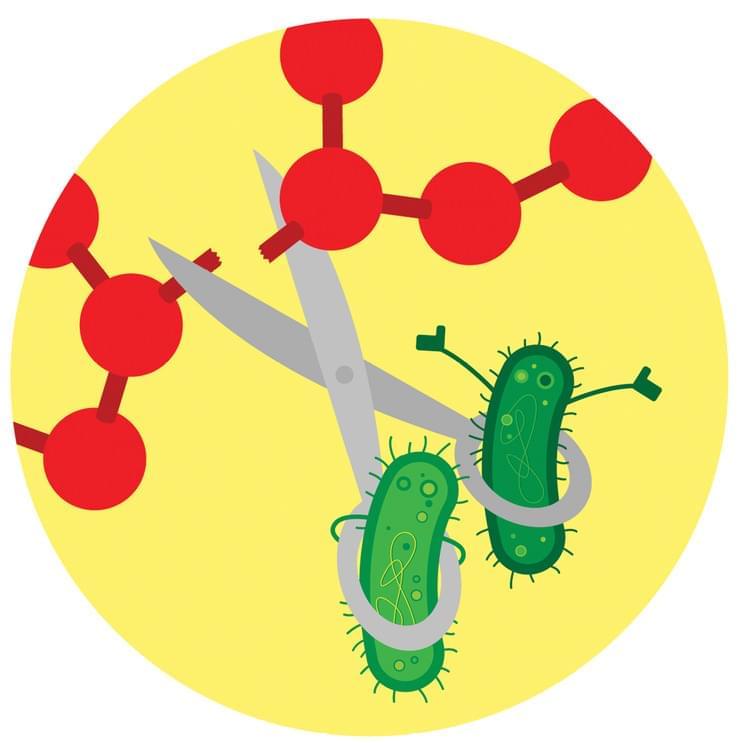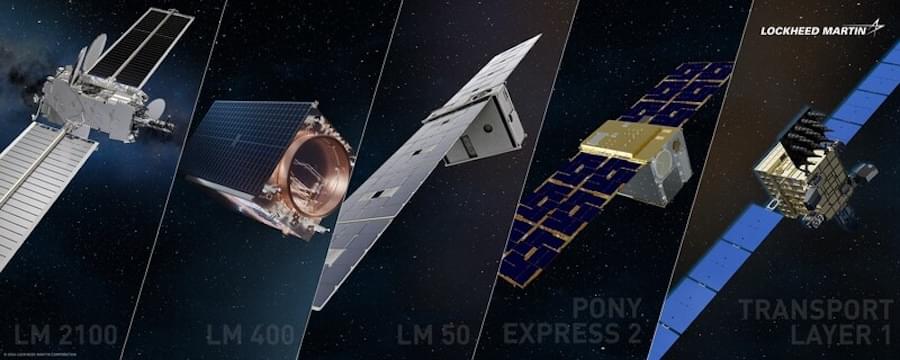By analyzing the resistance genes and proteins of E. coli, researchers can optimize treatments to address both current and future antimicrobial resistance.





Generative AI is changing medicine, and it’s happening fast. HMS is getting a jump on this shift by training future doctors with skills in data and machine learning.
Harvard Medical School is building artificial intelligence into the curriculum to train the next generation of doctors.

👁️🔍 Scientists have developed a transparent camera using see-through technology, paving the way for hidden eye tracking devices in everyday objects. #InvisibleInnovation
The problem is that placing a camera in front of the eyes tends to block the view. And mounting them further away makes them less accurate, more bulky and often more power hungry because of the extra data processing they require. This has limited their utility in many situations.
What eye trackers need is a way of hiding light sensitive pixels in plain sight.
Enter Gabriel Mercier at The Barcelona Institute of Science and Technology in Spain and colleagues who have built transparent photodetectors that can make cameras more or less invisible. They have tested their device and shown it could enable a new generation of eye tracking devices built into ordinary objects such as spectacle lenses, computer monitors and windows. “The operation and appearance of transparent image sensors present a fundamental shift in how we think about cameras and imaging, as these devices can be concealed in plain sight,” they say.

WASHINGTON — Lockheed Martin Corp announced Oct. 30 it has completed the acquisition of small satellite manufacturer Terran Orbital. The approximately $450 million acquisition deal deepens Lockheed Martin’s foothold in the commercial satellite sector and culminates a partnership that began in 2017.
The acquisition positions Lockheed to leverage Terran’s expertise in low-cost satellite production for both military and commercial ventures. Lockheed Martin stressed that Terran Orbital, now rebranded as “Terran Orbital, a Lockheed Martin Company,” will continue to operate as a merchant supplier for the broader space industry.
The completed acquisition caps Lockheed Martin’s years-long relationship with Terran Orbital, formerly Tyvak Nano-Satellite Systems. The smallsat specialist, founded in 2011, initially focused on nanosatellites and cubesats, but transitioned to building larger satellite platforms after it rebranded in 2022. That shift in focus followed Terran Orbital’s public listing through a special purpose acquisition company (SPAC) merger, which aimed to accelerate its commercial growth.

Researchers have developed a cutting-edge optical computing system that represents a major leap in the field of optical logic.
Traditionally, optical logic computing—using light to perform logical operations—has faced challenges when trying to handle more than four inputs due to limitations in…
Researchers have long sought to harness the power of light for computing, aiming to achieve higher speeds and lower energy consumption compared to traditional electronic systems. Optical computing, which uses light instead of electricity to perform calculations, promises significant advantages, including high parallelism and efficiency. However, implementing complex logic operations optically has been a challenge, limiting the practical applications of optical computing.
A recent breakthrough by researchers at Huazhong University of Science and Technology and the Wuhan National Laboratory for Optoelectronics has pushed the boundaries of optical computing. As reported in Advanced Photonics, they developed a large-scale optical programmable logic array (PLA) capable of handling more complex computations. This new optical PLA uses parallel spectrum modulation to achieve an 8-input system, significantly expanding the capabilities of optical logic operations.
The researchers demonstrated the potential of their optical PLA by successfully running Conway’s Game of Life, a well-known two-dimensional cellular automaton. This achievement marks the first time such a complex model has been executed on an optical platform without relying on electronic components for nonlinear computing.

Today, more than a quarter of all new code at Google is generated by AI, then reviewed and accepted by engineers.
More than a quarter of Google’s new code is being generated by artificial intelligence (AI), CEO Sundar Pichai revealed during Tuesday’s third-quarter earnings call for the leading tech company.
We’re also using AI internally to improve our coding processes, which is boosting productivity and efficiency, Pichai said during the call.

This was first reported by the Wall Street Journal. This comes after the company recently received a fundraise of $6 billion in a Series B round. The company said in a statement that the funding saw participation from several key investors, including Valor Equity Partners, Vy Capital, Andreessen Horowitz, Sequoia Capital, Fidelity Management & Research Company, Prince Alwaleed Bin Talal, Kingdom Holding, and others.
